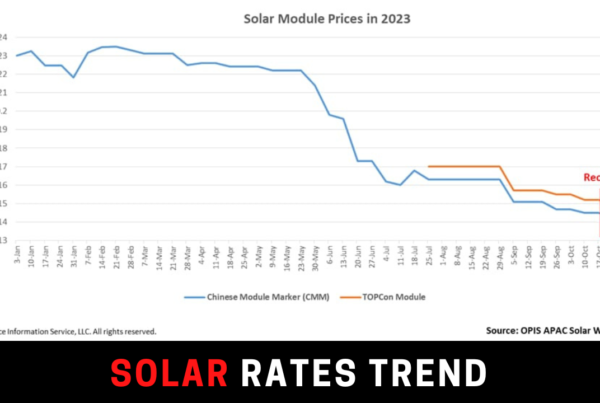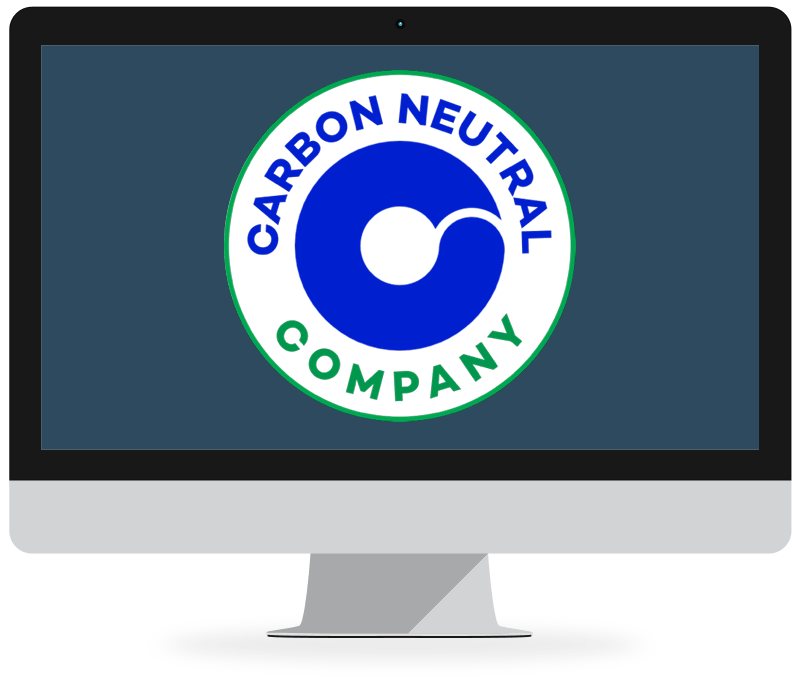There are primarily seven major reasons that unfortunately lead to the abandoning of the usage of Solar Energy when it comes to the discussion of Photovoltaics. First of all, I would like to mention here a recent talk by Dr. Fritz Bohmler of Solarb at Lahore Chamber of Commerce and Industry, he mentioned that about 70 per cent of the German Solar PV Industry business went down the drain with the inception of Chinese Product in EU Markets from year 2010–2013. Hence, as a failing attempt to a so-called revival anti-dumping taxation was levied.
What are the current problems in solar Pv?
- Chinese Products: Would you ask an eastern-woman if she is able to cook? If you typically focus on this understanding, the Chinese disrupted the solar market based on economies of scale. The same Chinese product, while being exported to Pakistan despite being a-little-less-liked in context of general impression of quality, works at competitive rates for India or per say Afghanistan. Hence, heaps of imports being made in those countries. Pakistanis are more of brand conscious due to less disposable income at their hands.
- Energy Mix: While comparing Pakistan to any of its neighboring countries, it is important to discover the current energy mix, it has been well highlighted in other responses already. This means, a country with expensive production of per kWhr or per unit of electricity, might incur a unit with an upfront cost (capex) and maintenance (opex) when both combined with a Levelized Cost of Energy (LCOE) which is typically lower than existing tarrif for let us say the next 25 years might seem a reasonable option. This, as compared to those, where unit cost of electricity is cheaper but not as cheaper as other modes of electricity available to the grid in a specific country.
- Distributed Micro-grids: Absence of Micro-grids to cater to captive energy opportunities. Thereby, lack of legislative initiative that can explain the dispatch of localized usage of energy. It is like having the chasis of Bugatti, engine of Ferrari and Tyres of Maserati. No these don’t commensurate. The application doesn’t fit in the provisions. Please study The Large Impact of Solar Microgrids[1]in Pakistan.
- Lack of Vital Understanding of Commercial Proposal: Long term benefits of LCOE are ignored. Apparently, Pakistani consumers of the PV Solar System go for the asthetics. Yeah! right, they discuss the prime black color of the panels rather than discussing the technology attributes of a typical solar panel. This means an agricultural application suitable thin film panel (because it has high Voc characteristics suitable for VFD input MPPT range) is installed on homes for their “Noir” looking or appearance.
- Lack of initiatives to Project Feasibility and Forecasting Cost-Value Analysis: It occurs because mainstream businesses open their solar divisions using their existing employees to control and develop business like internal sales. Same is the example with top 3 so-called big solar giants. They created the basic fundamentals and based on let say other revenue streams e.g. without pointing out a tent service, this particular company got early bird advantage of replicating their business model for other friendly seths. Another has a warehouse in Scotland so it’s a Scotish Company. A new emerging company has a postal address in Florida for IT software house used to thier advantage. What happens is, these heavily seth-laden companies resort on Technicians and hence incorrect/unrealistic depiction of demand-supply leads to people losing faith in the technology. Unprofessional, people will add too much sugar to exceed hopes of their clients. Or will discourage them by not contrasting effectively the other means of electricity generation available to the clients. I have met an 8 MW industry consumption managing person telling me how his current electricity backup on Generators was costing his company under 5 cents per unit. While, he totally ignored the maintenance and the upfront cost for the generators.
- Clean Energy Authority: Abundance of Solar Energy Installers and under-qualified Solar Service Providers is the biggest problem facing renewable energy? Mostly, there are arbitrators/ middle men, freelancers and or one-timers/technicians (without focus on after-sales aspect related to the Operation and Maintenance of the System) who ruin on standard classification of service pertaining to installation of solar energy mediums. People sell solar products like apples. Consumers buy solar products based on their effectiveness to bargain on price while comparing apples to oranges. They also become unsure around what is the best way to clean solar panels?
- Load-shedding: This might sound crazy but all initiatives of Solar Net Metering[2]go astray once there is no grid. We don’t include small factories to the large scale industries to contribute back to the grid with means of a grid-tied systems. Thereby dependency on the local Distribution Company (read DISCO) is increased and yet the vicious cycle of electric load-shedding continues.
The perception itself is killing that Pakistan does not want to opt but in fact Pakistan is failing at the hands of Engineering Opportunists that ruin the market.







Is osaka tubular battery price in pakistan 2018 going to change in 2019?
Solar home heating system price